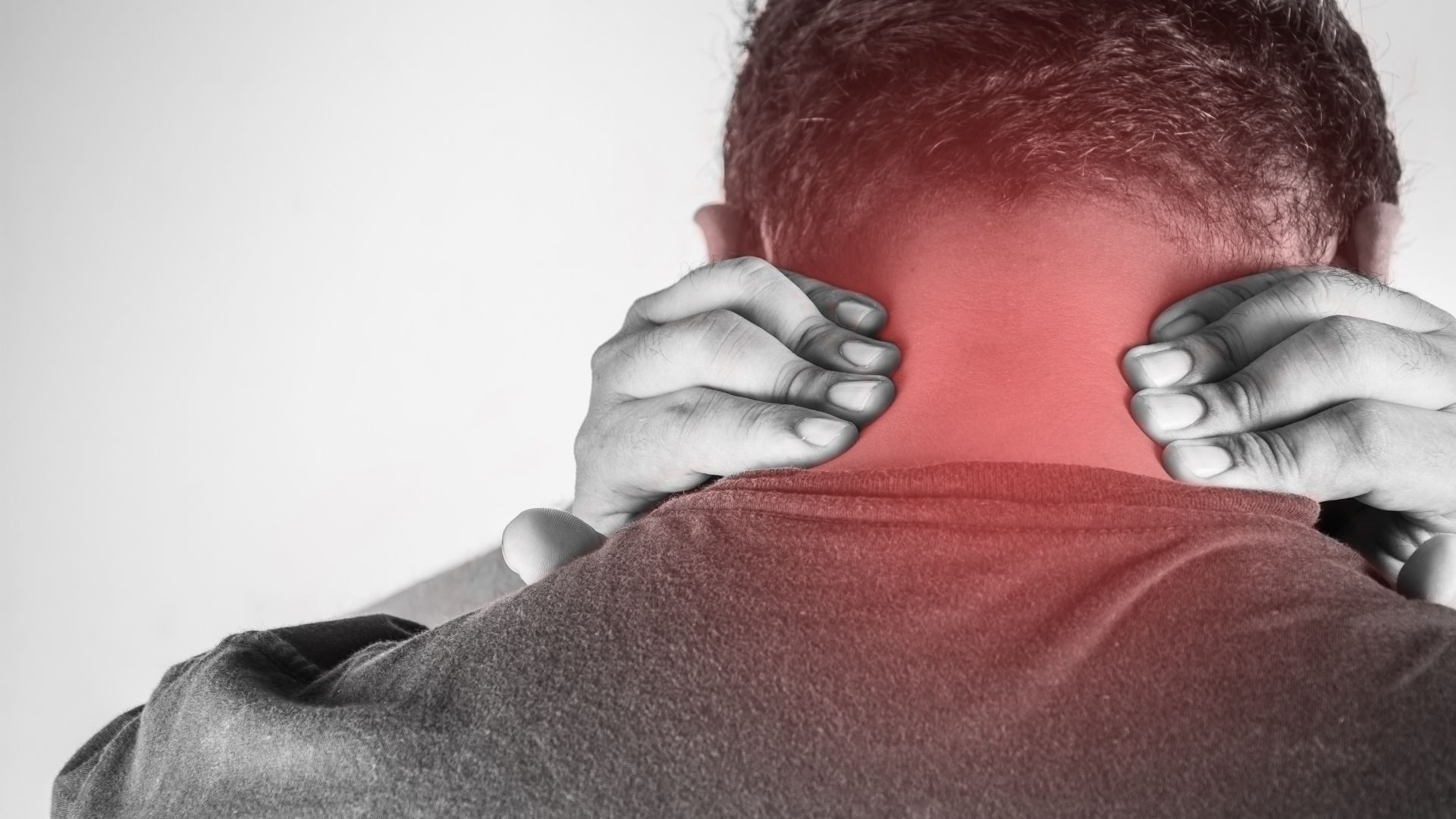Curved Neck Disease (Torticollis): Diagnosis and Treatment Methods
Crooked Neck Disease is a condition referred to in the medical literature as “Torticollis”. This condition is characterized by a curvature or rotation of the neck muscles and is particularly common among infants. Torticollis is usually characterized by swelling of the neck muscles on one side, curving the neck to one side and causing facial asymmetry.
Why does Torticollis occur?
The exact cause of torticollis is not known exactly. However, it becomes apparent about 2-3 weeks after birth. This condition can occur due to birth trauma or the position of the babies in the womb, but the same causes do not apply to every patient.
Symptoms and Diagnosis
The most common symptoms of torticollis include swelling in the neck, neck curvature and the affected side of the face appearing smaller than the other side. It can also be observed that some babies prefer to turn to the same side all the time.
A doctor should be consulted to diagnose torticollis. The doctor will make a diagnosis by performing a physical examination and a detailed evaluation. Additional imaging tests may be used if necessary.
Torticollis Treatment Methods
Torticollis treatment can be handled in two main ways: non-surgical and surgical.
1. Non-surgical Treatment:
Non-surgical treatment is an effective option for many patients. This treatment method includes neck exercises. These include passive exercises that involve rotating the neck up to the level of both shoulders. It is important that these exercises are performed regularly and intensively. Ideally, they should be done correctly by a physiotherapist or by the family. The family should understand the importance of the exercises and practice them regularly. Patients should be checked more frequently in the beginning and then every 1 to 2 months. Complete recovery can be achieved with appropriate treatment. Surgical treatment may rarely be required.
2. Surgical Treatment:
Surgical treatment may be considered in patients who develop shortness of the muscles and progressive asymmetry of the face as a result of inappropriate nonoperative treatment, or in patients over one year of age. Surgical treatment may also be a more common option in untreated patients over one year of age.
Torticollis treatment must be tailored to the specific needs of each patient. Therefore, it is important to consult a specialist for the correct diagnosis and treatment plan.
Torticollis is a condition characterized by curvature and rotation of the neck muscles. With early diagnosis and appropriate treatment, successful results can be achieved in the majority of patients. Non-surgical treatment is usually the preferred option, but surgical treatment is rarely necessary. Therefore, parents who notice this condition in their children should consult a doctor and determine the right treatment option.



